What Is The Most Used Driver At The Ryder Cup?
With 24 of the world's best players competing, we take a look at the most used driver during the event.
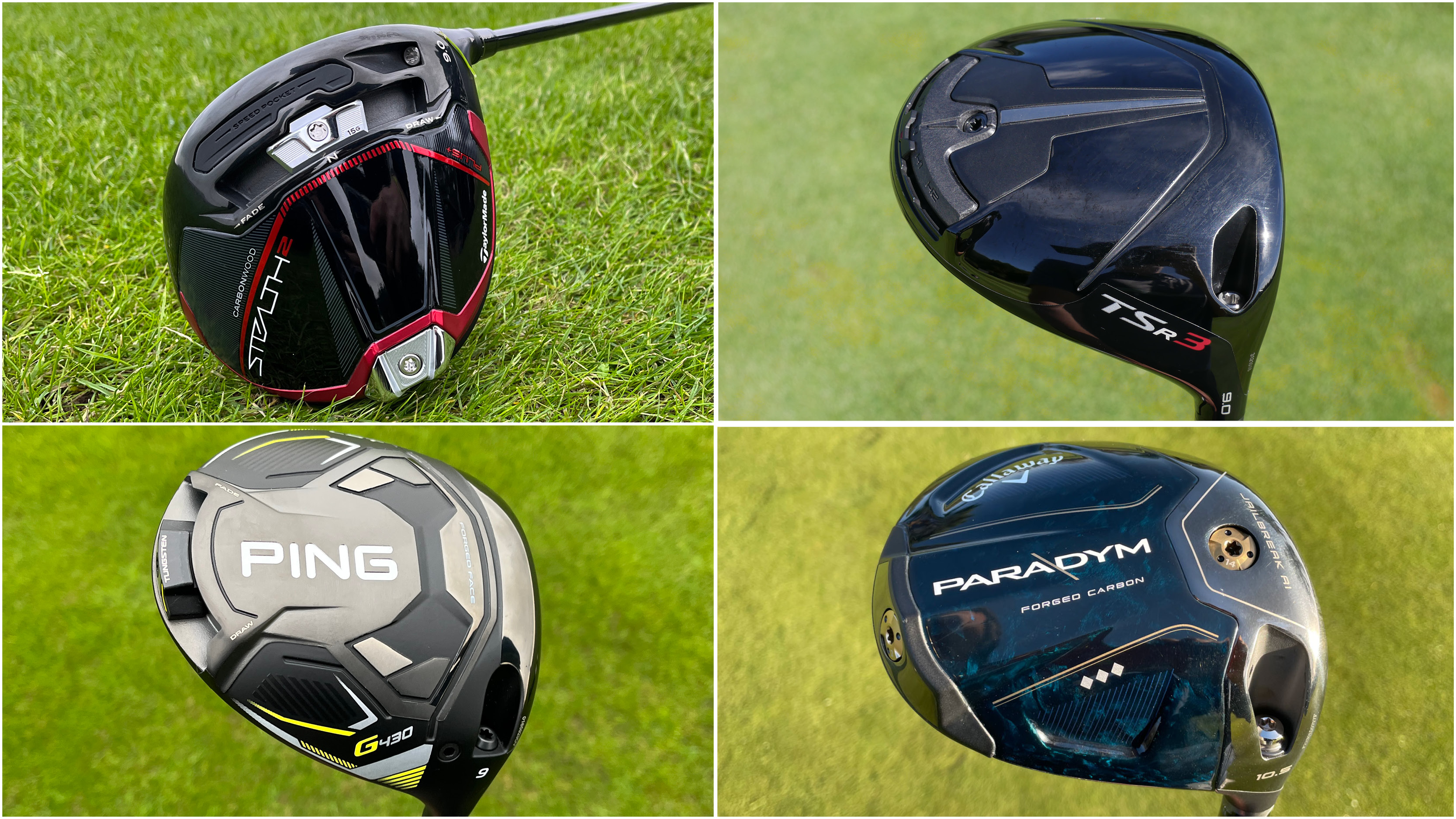

What Is The Most Used Driver At The Ryder Cup?
The entire world of golf is turning its head to the Ryder Cup very soon and whilst I am excited for the golf and matchplay itself, I also look forward to seeing the gear on display and what the top players in the world use. (I know, I have been told I am a gear nerd by my colleagues, but because I oversee all Tour player content, it is literally my job to know what the best players use). Going a little further with this line of thinking, I was wondering to myself which specific model of driver will be the most used during the event itself, which led me to write this piece. Without further ado, let's get into it.
(Also if you do need a new driver, or want one, we do loads of buying advice content on the best drivers, best drivers for beginners, most forgiving drivers and so on. Whatever you are after, we can help you find it).
T1. TaylorMade Stealth 2 Plus
TaylorMade Stealth 2 Plus - 4 players
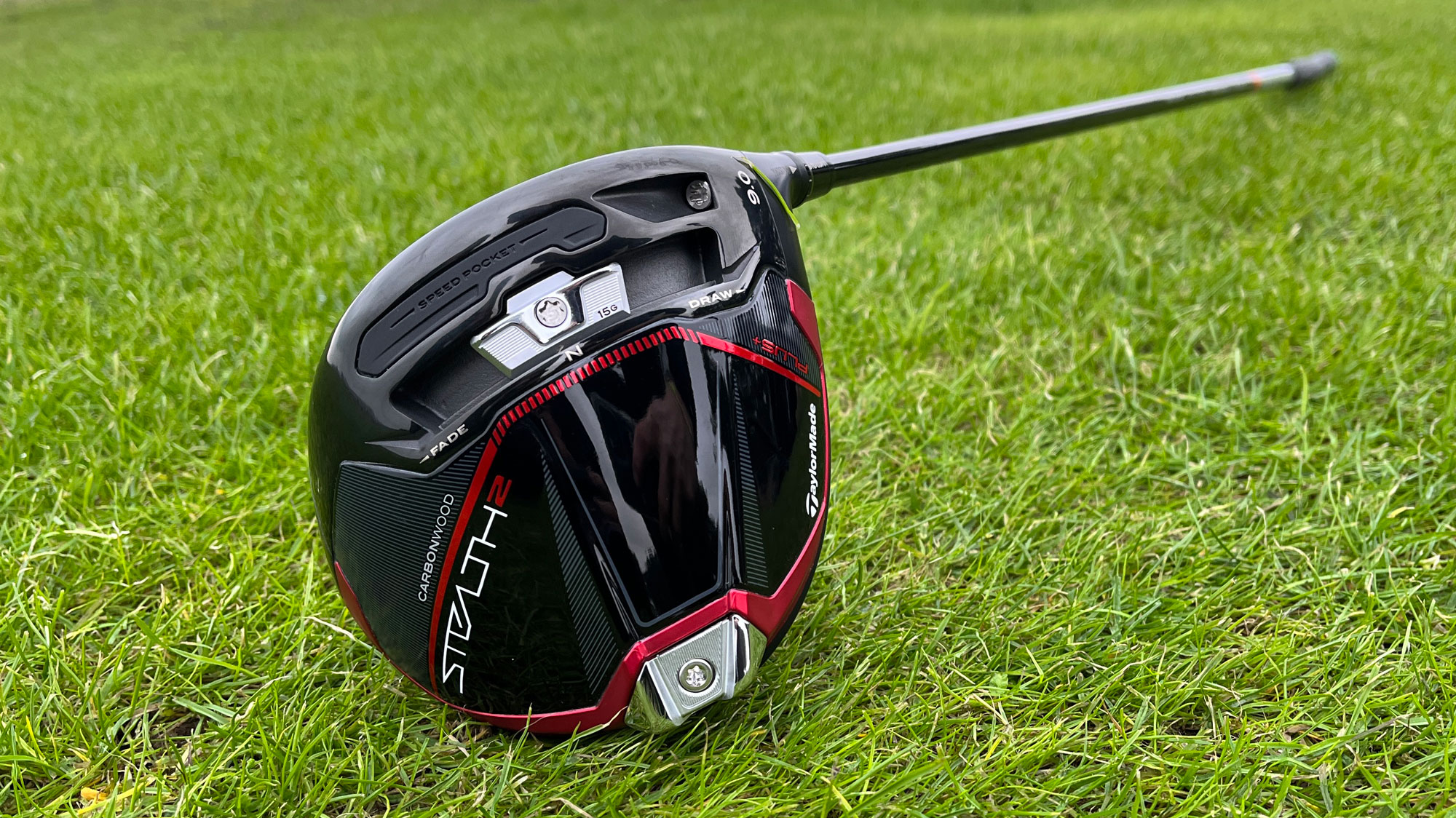
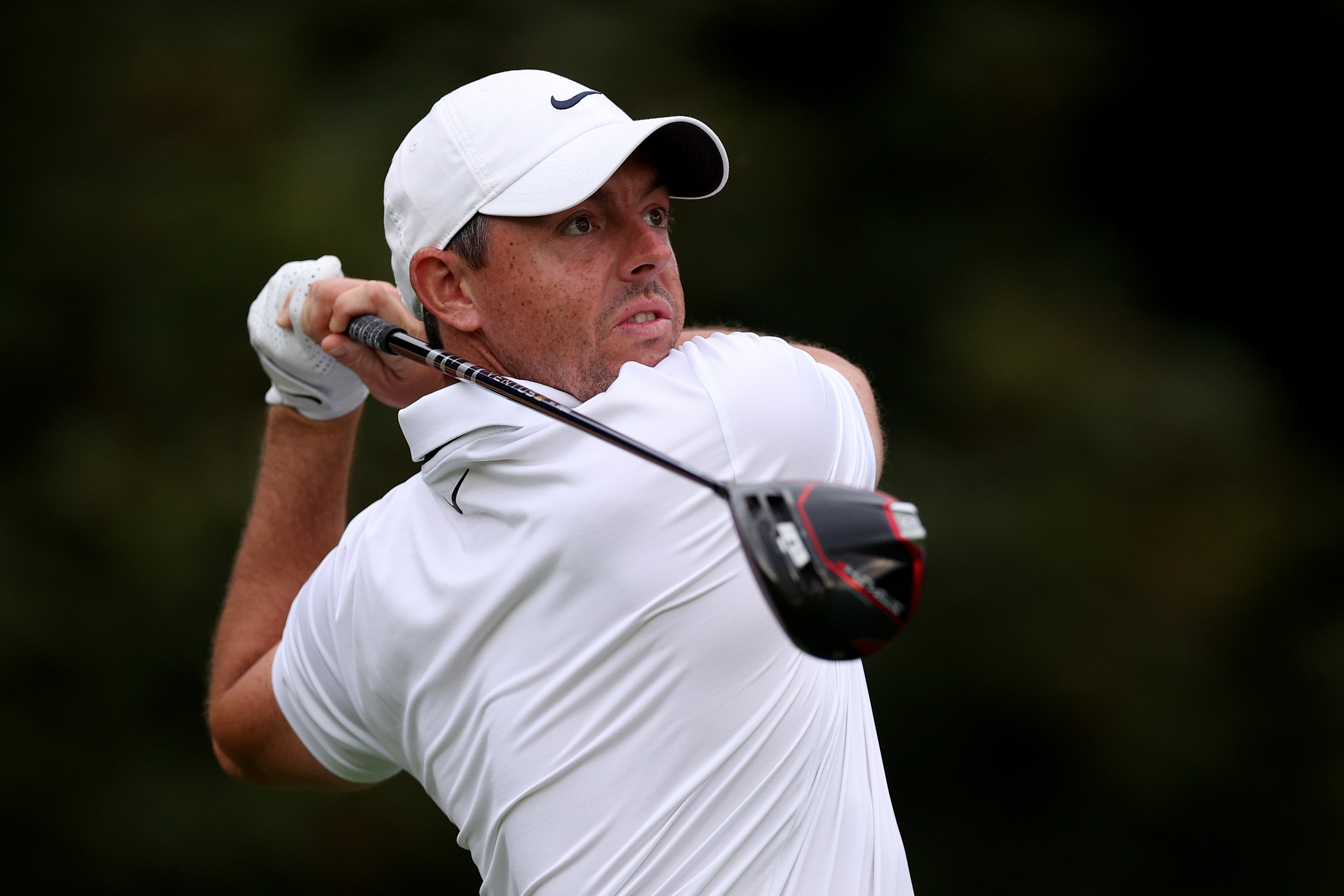
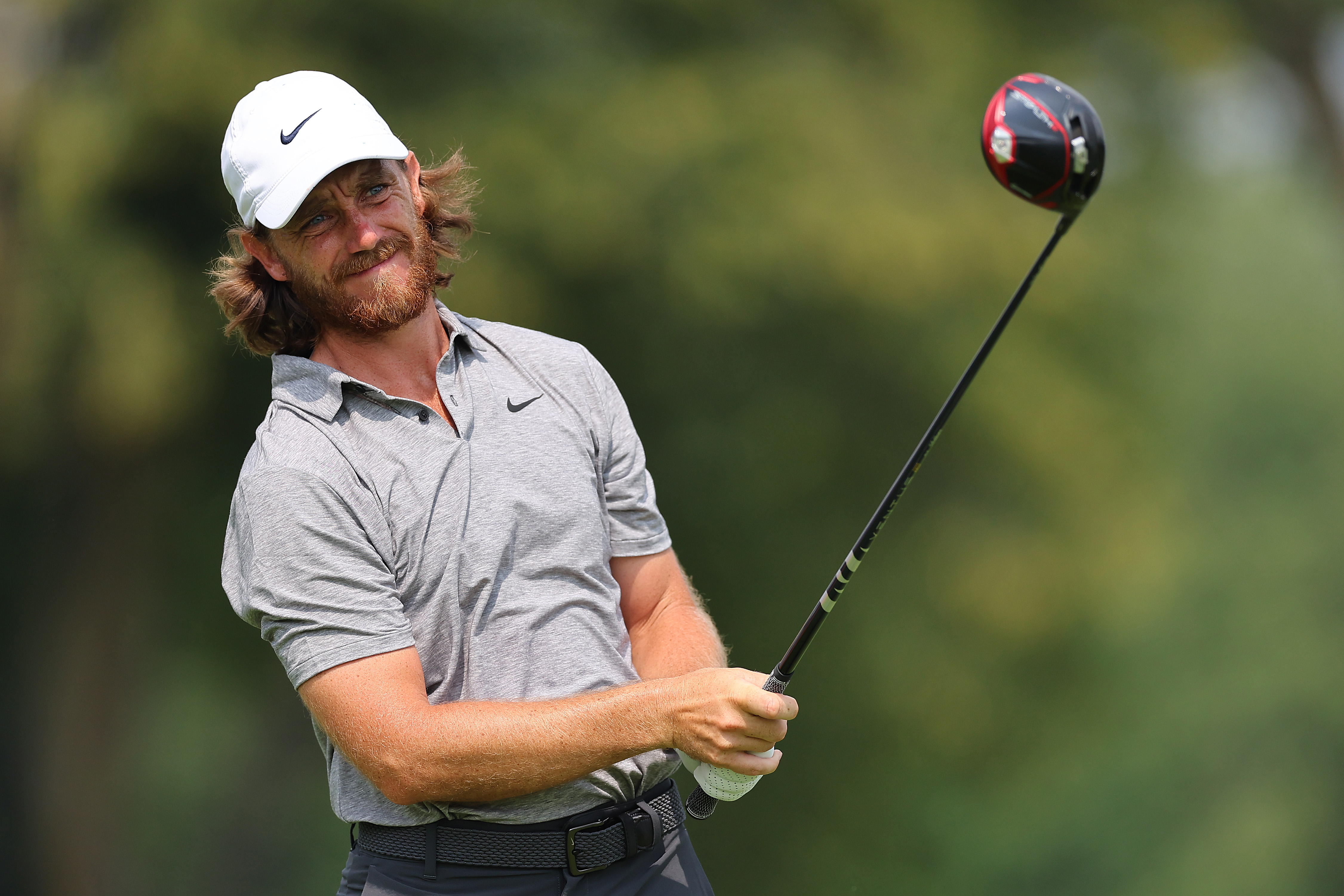

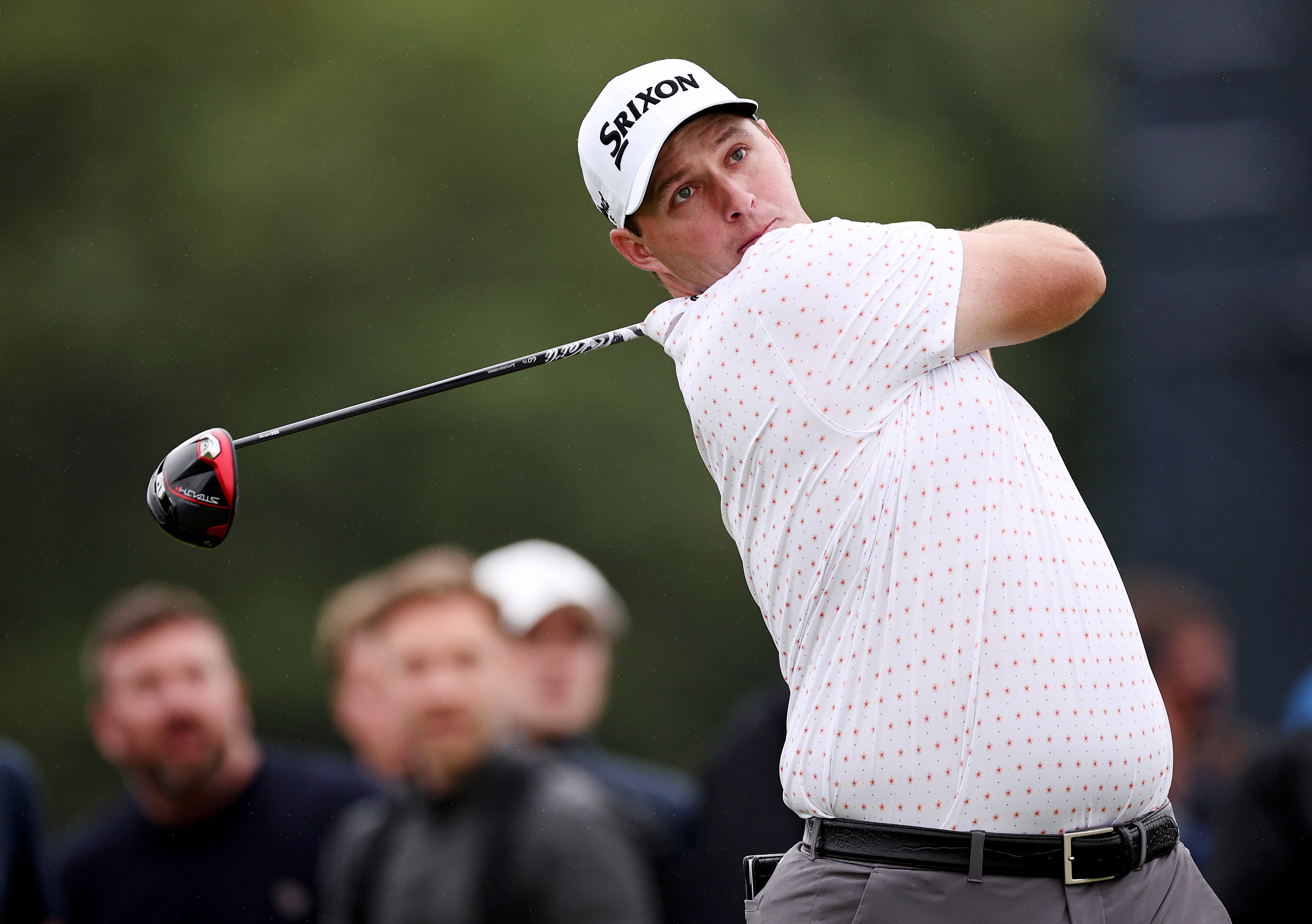
The most used driver at the Ryder Cup in 2023 is actually a tie between two models from TaylorMade and Callaway - the Stealth 2 Plus, and Paradym Triple Diamond. This doesn't really surprise me to be honest because these are the models for the top players from each respective brand, and given the number of high-profile players in the Ryder Cup, it makes sense that these models are used a lot.
Starting with the Stealth 2 Plus, one of TaylorMade's best drivers right now, McIlroy, Scheffler, Fleetwood and Straka have it in play, and Collin Morikawa did use it until he switched back into his TaylorMade SIM very recently. We tested this model back in January 2023, and colleague Neil Tappin summed it up as such;
'An excellent all round driver, ideal for anyone who wants a compact, but not intimidating, look at address and the ability to move weights to dial in a specific shot shape. We were impressed by the added forgiveness on offer from this version of the driver.'
- Read our full TaylorMade Stealth 2 Plus Driver Review
T1. Callaway Paradym Triple Diamond
Callaway Paradym Triple Diamond - 4 players
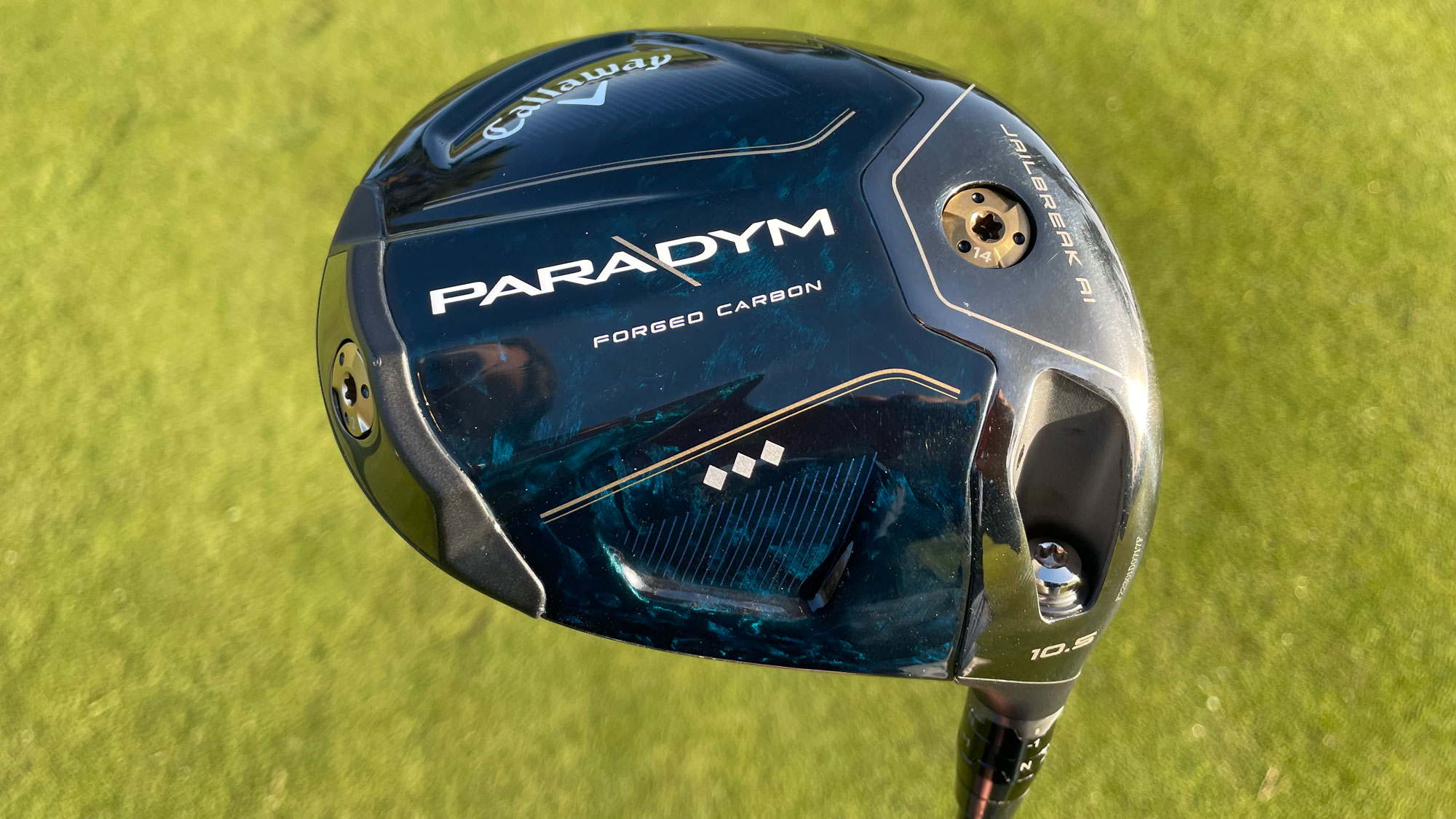
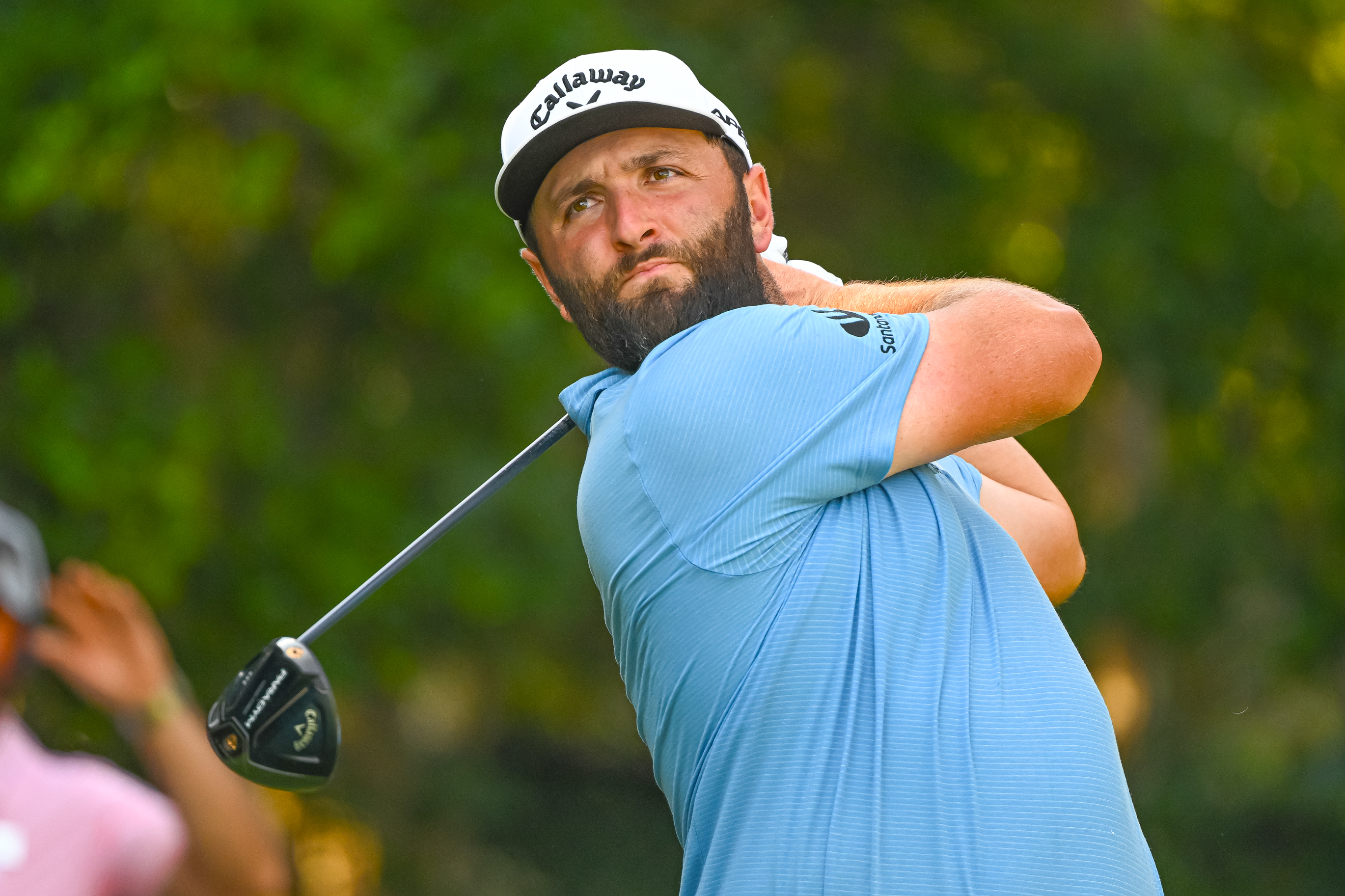
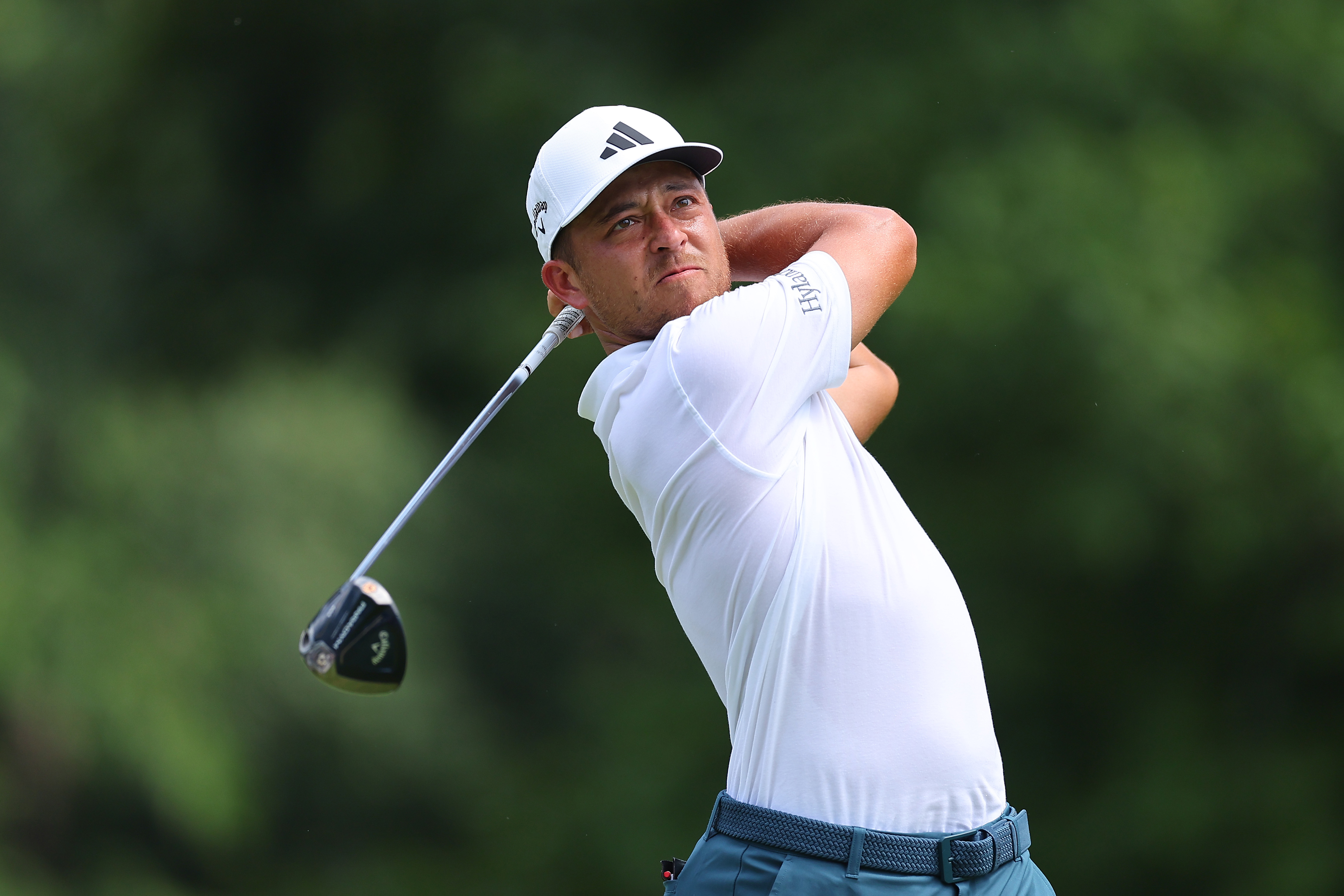
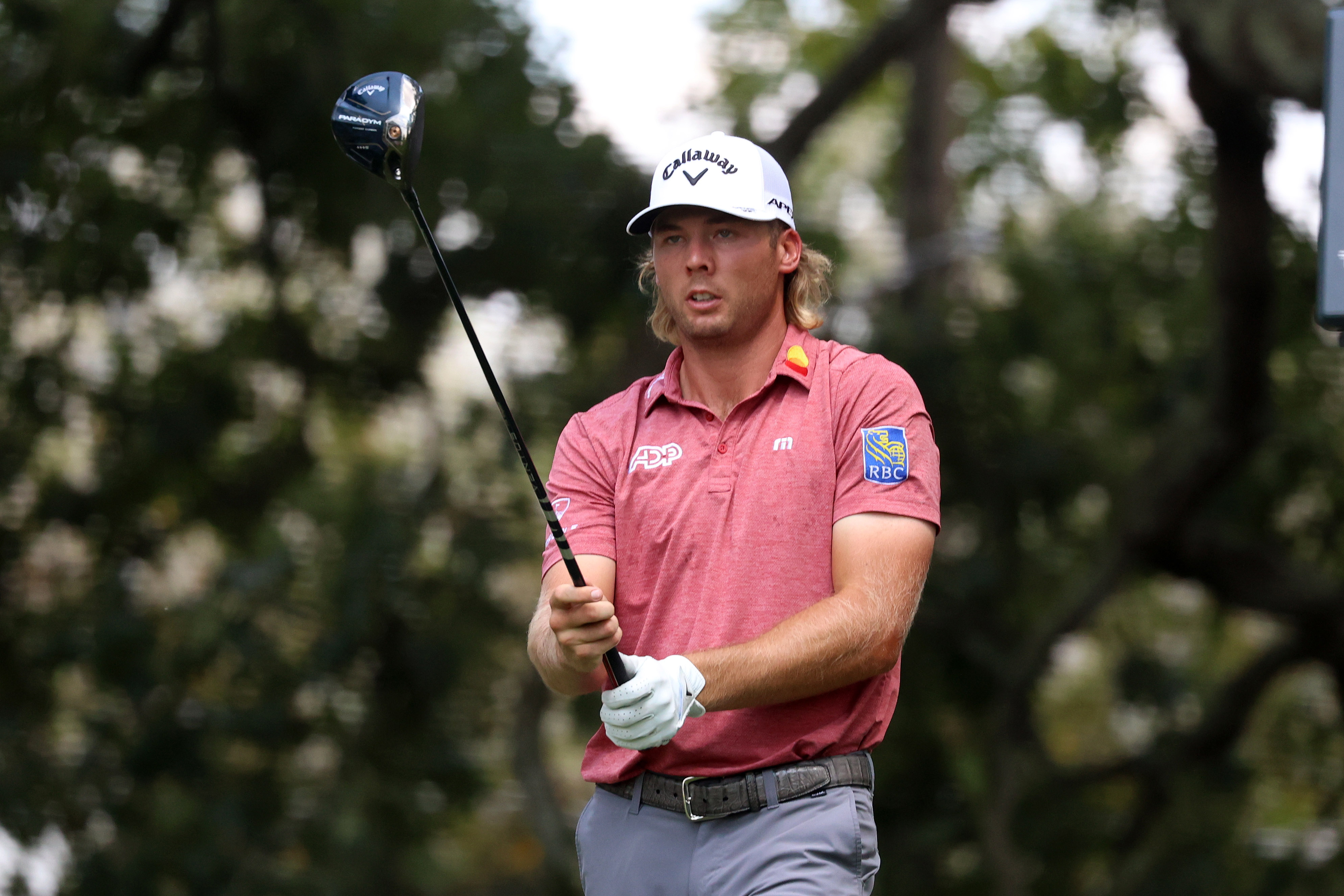
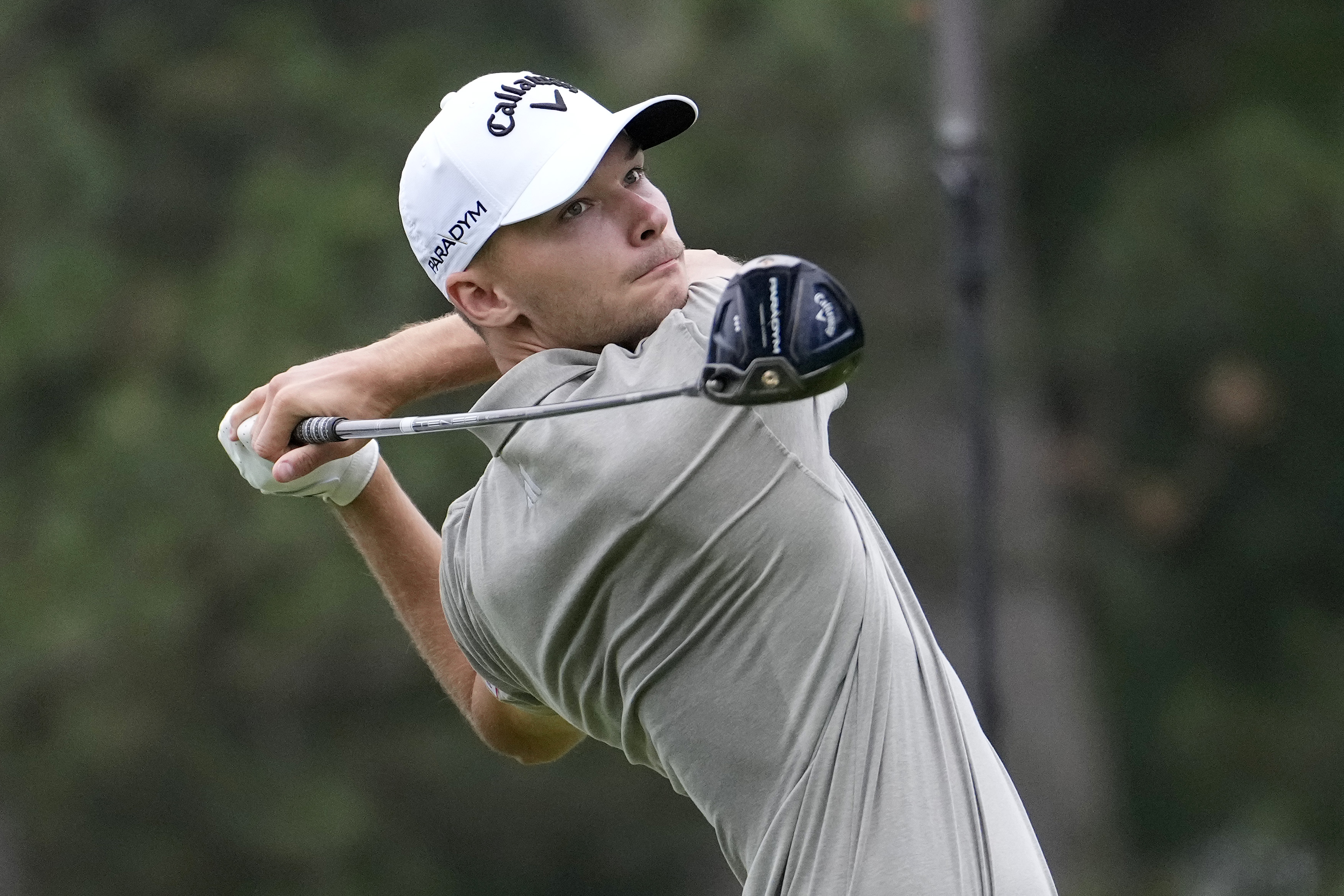
Four players also use the Paradym Triple Diamond driver as well - Rahm, Schauffele, Burns and Hojgaard. Again, the use of the Triple Diamond model isn't surprising really given it is the model designed for the top players, in fact it is more surprising when I notice a player using the standard driver head when out on Tour.
Get the Golf Monthly Newsletter
Subscribe to the Golf Monthly newsletter to stay up to date with all the latest tour news, equipment news, reviews, head-to-heads and buyer’s guides from our team of experienced experts.
Once again Neil tested this model back in January which was actually great to see because we have often found it tricky to get our hands on Triple Diamond models to test. Regardless he had this to say on the model;
'The Callaway Paradym TD is a great driver that does exactly what it says it’s going to. If you’re a player who likes to shape the ball off the tee, then this model – the more compact and traditional of the three in the range – ticks a lot of boxes.'
- Read our full Callaway Paradym Triple Diamond Driver Review
3. Titleist TSR3
Titleist TSR3 - 3 players
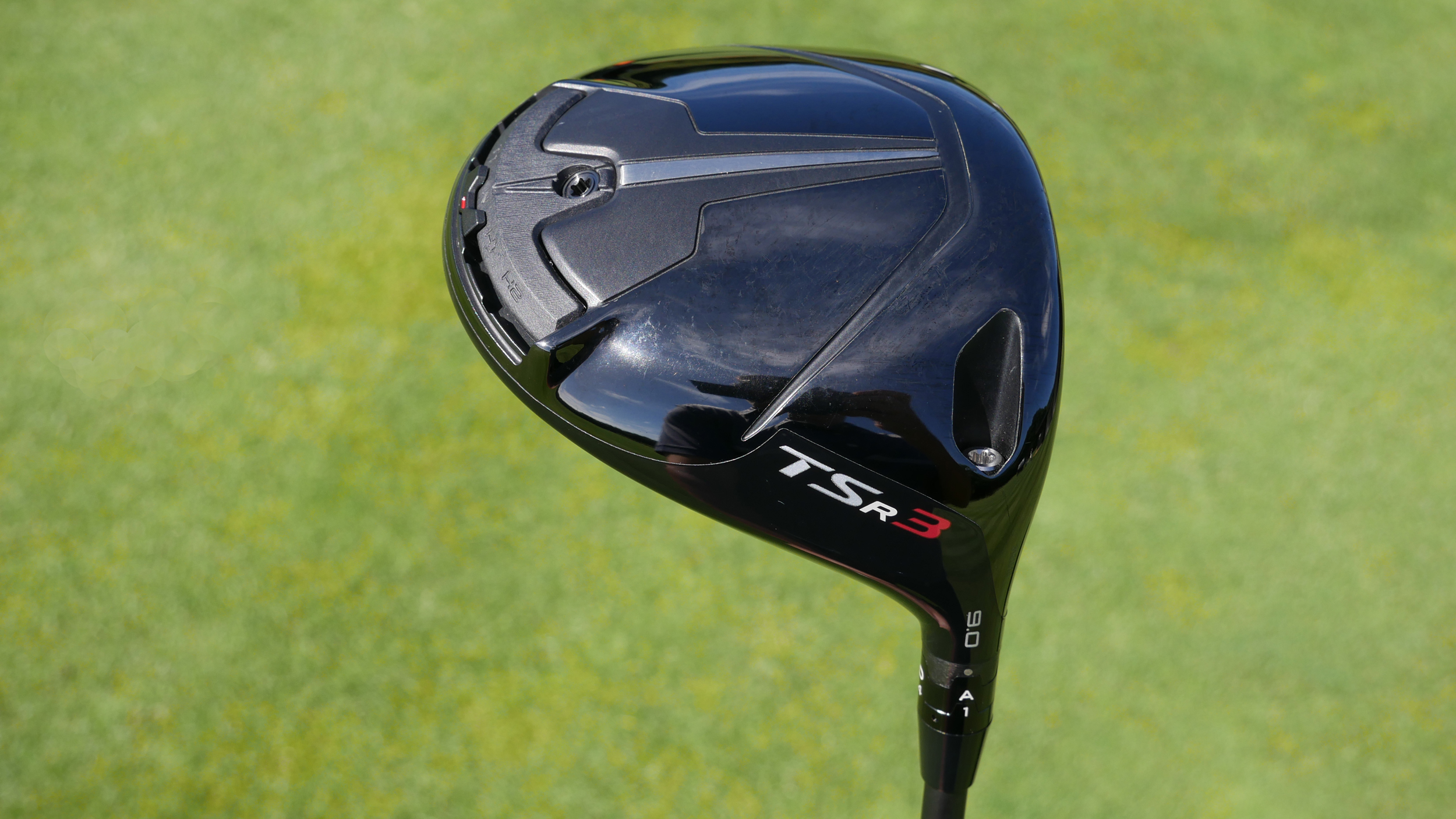
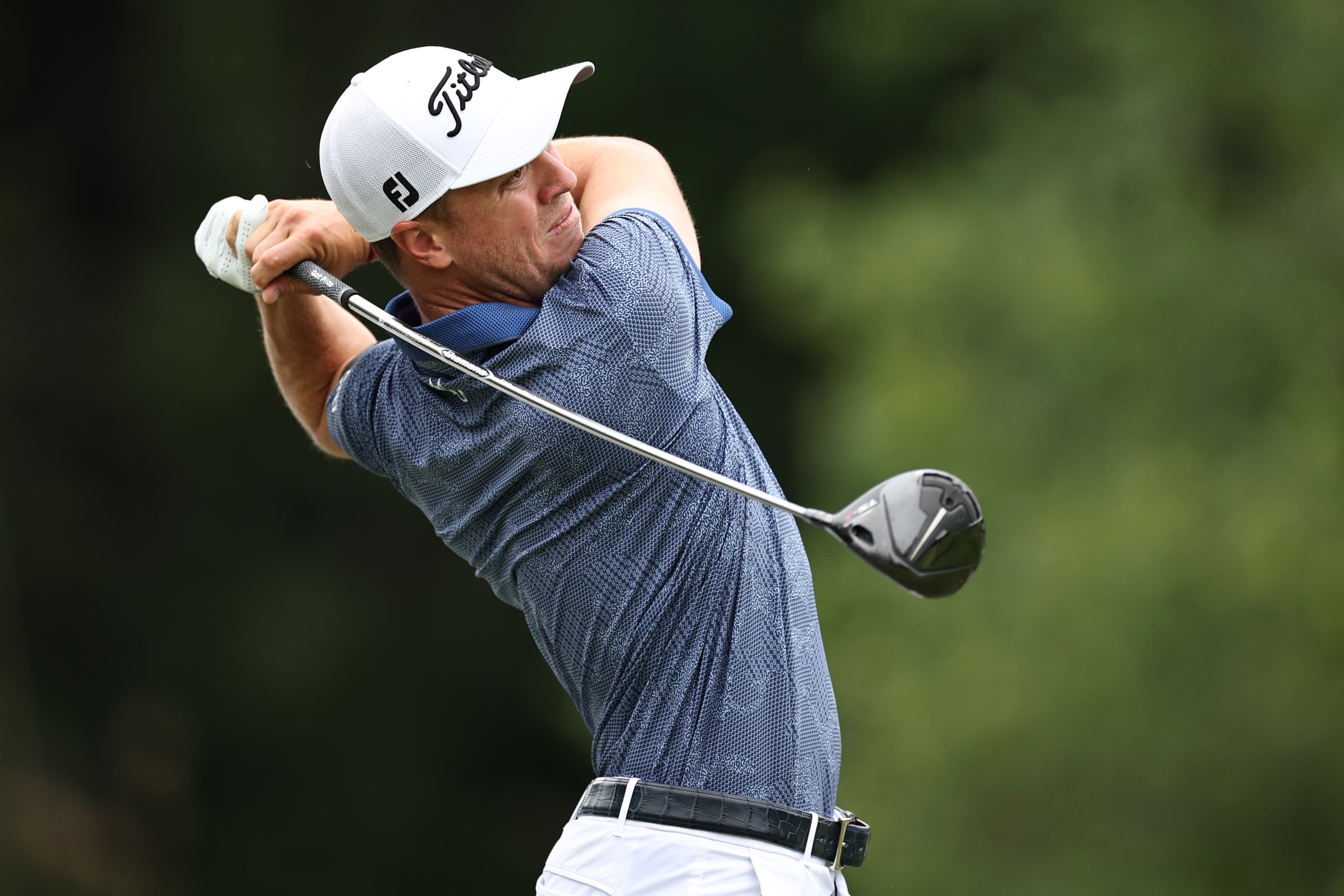

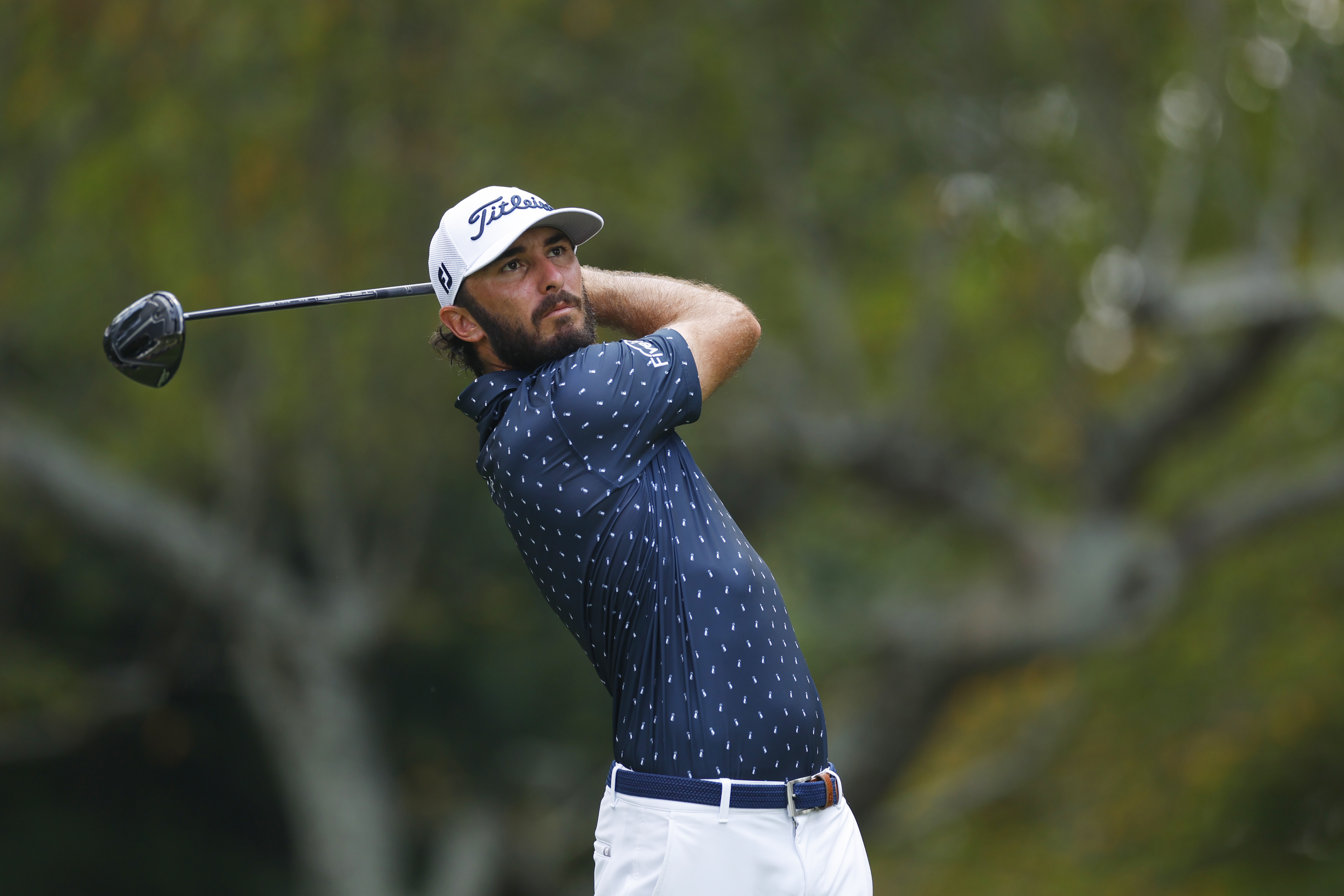
The final model to round out the top 3 drivers at the Ryder Cup is the Titleist TSR3 with Thomas, Clark and Homa all using it. This spot might've been the TSi3 model until very recently because Clark has just switched into the newer TSR range.
Titleist is actually the most used driver brand at the event as well with as many as nine players putting various Titleist drivers in the bag. You have the three above using the TSR3, Ludvig Aberg and Jordan Spieth using the TSR2, Matt Fitzpatrick and Robert MacIntyre using the TSi3, and then Brian Harman and Patrick Cantlay using TSi2 and TS3 models respectively. No other brand gets close to this total number to be honest which does surprise me.
Back to the TSR3, and Joel Tadman tested it in September 2022 saying;
'The TSR3 is a premium looking and performing driver that is likely to outperform your gamer, especially if you go through a custom fitting. The feel is powerful and it strikes the ideal balance of control with competitive ball speed and distance. That said, TSi users are unlikely to see notable gains.'
- Read our full Titleist TSR3 Driver Review
So that is the top three models of driver at the Ryder Cup, below is the complete table. It goes without saying that these models are correct at the time of writing and given how often Tour players tinker, these could change very quickly. If you notice a mistake, then let us know.
Which Drivers Are Being Used At The Ryder Cup?
Full Driver Table
| Driver Model | Players |
| TaylorMade Stealth 2 Plus | McIlroy, Scheffler, Fleetwood, Straka |
| Callaway Paradym Triple Diamond | Rahm, Schauffele, Burns, Hojgaard |
| Titleist TSR3 | Thomas, Clark, Homa |
| Titleist TSi3 | Fitzpatrick, MacIntyre |
| Titleist TSR2 | Aberg, Spieth |
| Cobra Aerojet LS | Fowler |
| Ping G430 LST | Hatton |
| Ping G425 LST | Hovland |
| Srixon ZX5 Mk II | Lowry |
| TaylorMade SIM2 | Koepka |
| TaylorMade M3 | Rose |
| TaylorMade SIM | Morikawa |
| Titleist TSi2 | Harman |
| Titleist TS3 | Cantlay |
For more driver content, check out our guides on the best drivers for distance, or best high handicap drivers.

Sam is Golf Monthly's Senior E-commerce Editor which mean's he oversees everything E-com related on the site.
This takes the form of creating and updating Buying Guides, reviews, and finding bargain prices for deals content.
Working with golf gear and equipment over the last seven years, Sam has quickly built outstanding knowledge and expertise on golf products ranging from drivers, to balls, to shoes.
He combines this knowledge with a passion for helping golfers get the best gear for them, and as such Sam manages a team of writers that look to deliver the most accurate, insightful, and informative reviews and buying advice. This is so the reader can find exactly what they are looking for, at a good price.
Additionally Sam oversees Golf Monthly voucher/coupon content which seeks to find you the best offers and promotions from well-known brands like Callaway, TaylorMade and many more.
Unfortunately, Sam is not a member of any club at the moment but regularly gets out on the golf course to keep up the facade of having a single-figure handicap.
-
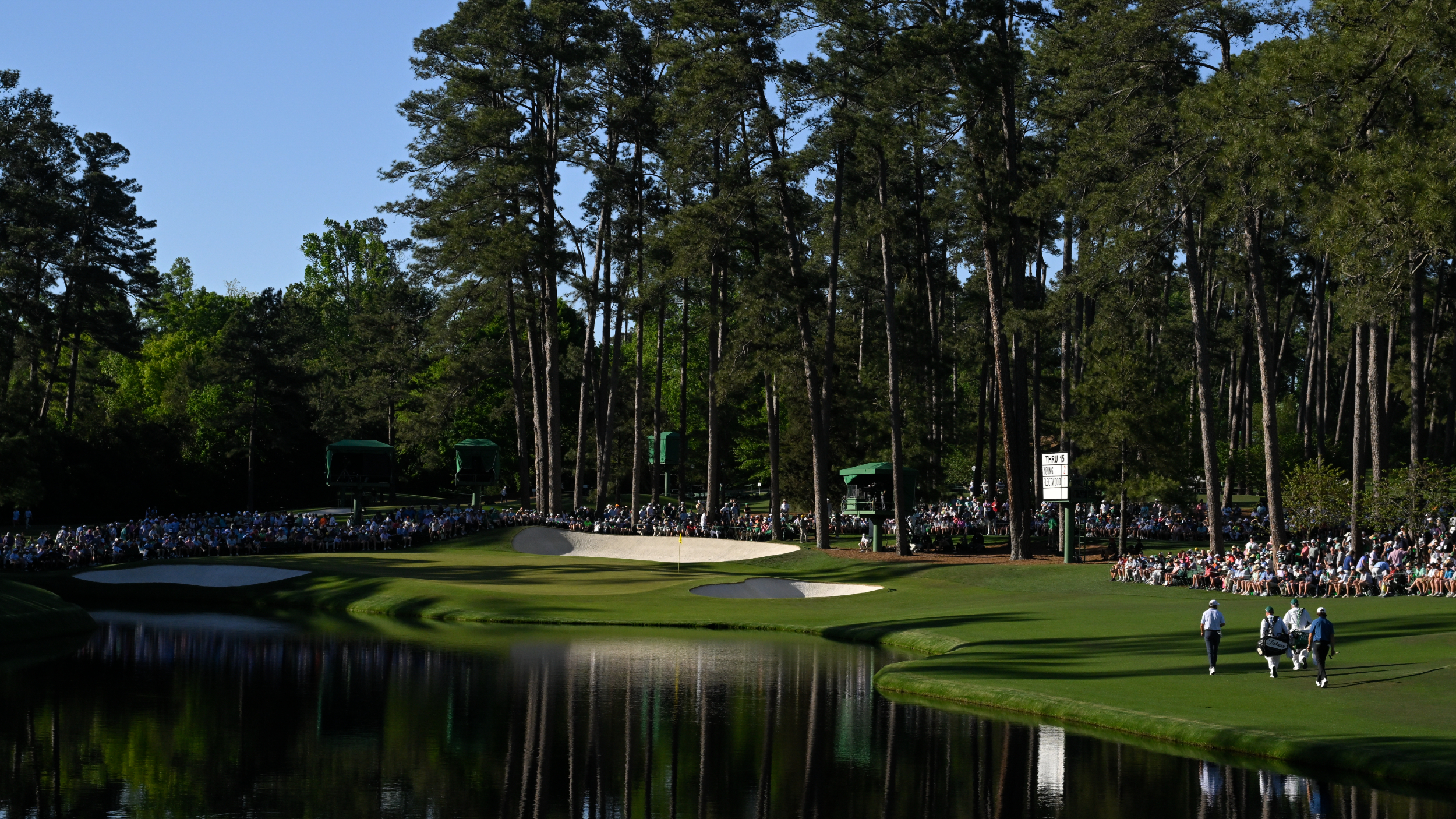 Why The 16th Pin Has Been Moved From Its Traditional Spot For The Masters Final Round
Why The 16th Pin Has Been Moved From Its Traditional Spot For The Masters Final RoundThe 16th pin at Augusta National is in an different position that normal for the final round of The Masters, but why is that?
By Mike Hall Published
-
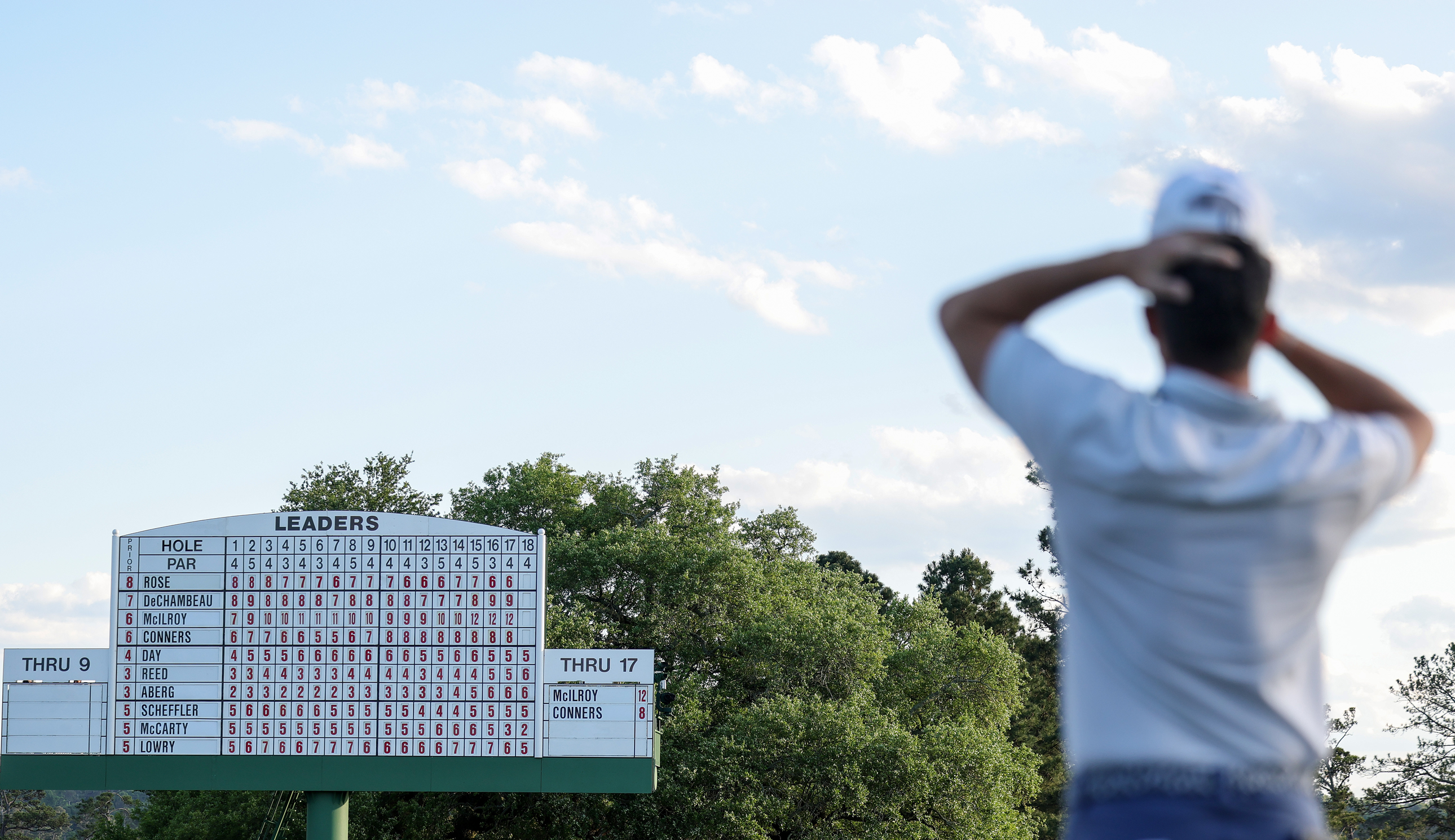 Seve Ballesteros And Brooks Koepka Among The Big Names That Rory McIlroy Would Join As A Five-Time Major Winner With A Masters Victory
Seve Ballesteros And Brooks Koepka Among The Big Names That Rory McIlroy Would Join As A Five-Time Major Winner With A Masters VictoryRory McIlroy leads The Masters going in to the final round and, if he were to win, he would join an illustrious list of five-time Major winners
By Matt Cradock Published
-
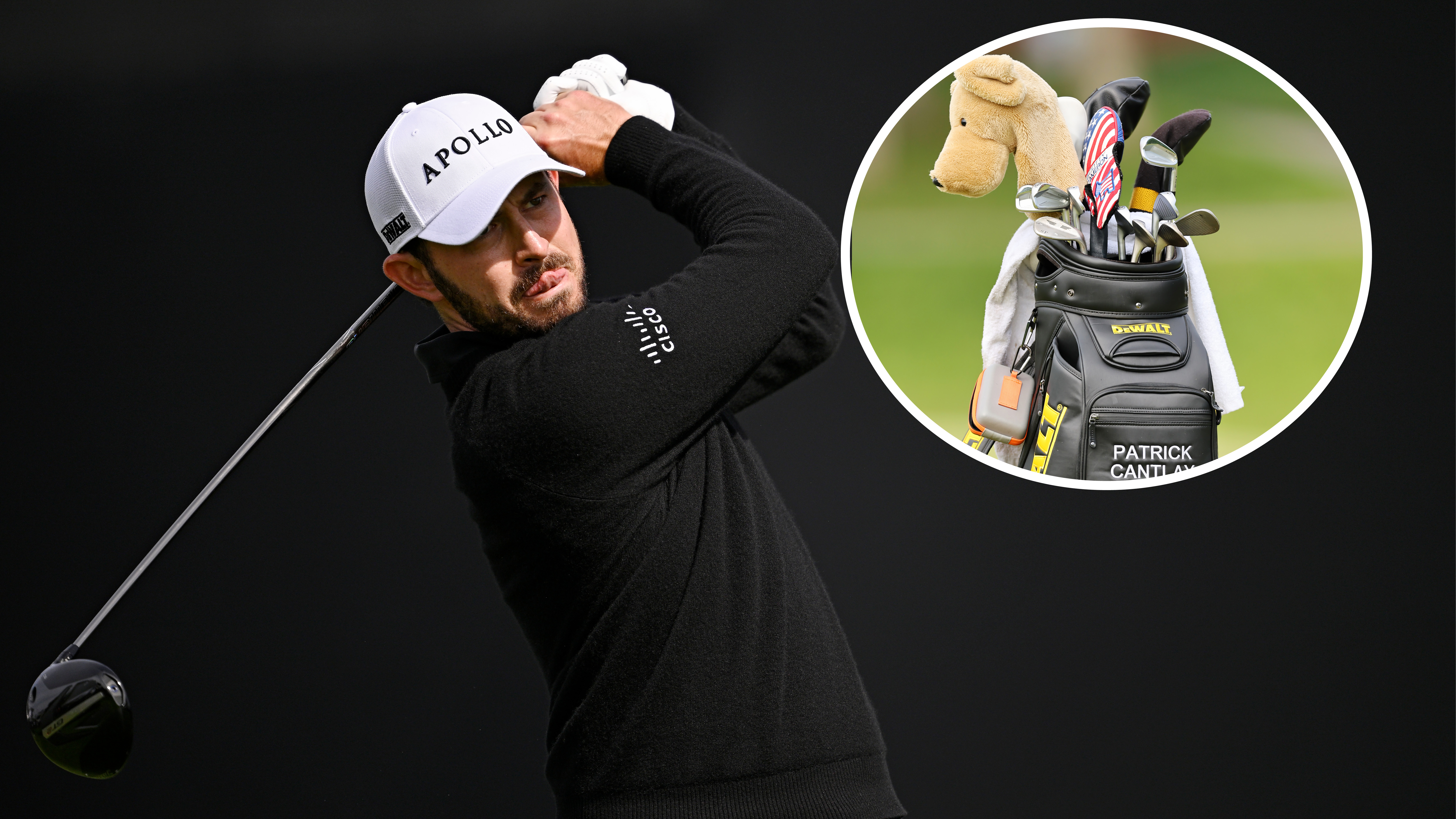 Patrick Cantlay What's In The Bag? 2025 Update
Patrick Cantlay What's In The Bag? 2025 UpdateThe American is no longer a contracted club player with Titleist - so what equipment is he now playing? Let's take a closer look
By Michael Weston Last updated
-
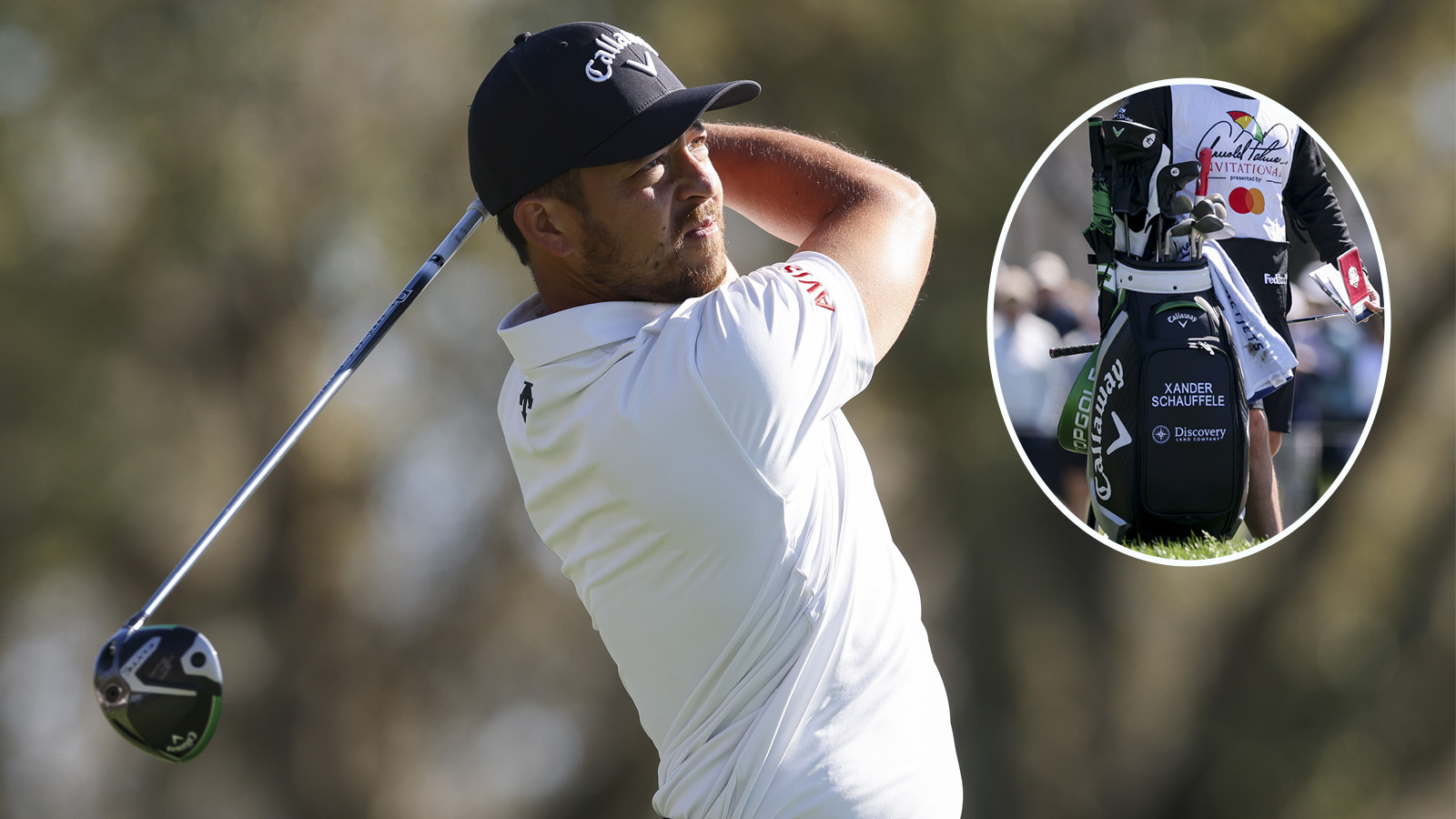 Xander Schauffele What's In The Bag? 2025 Update
Xander Schauffele What's In The Bag? 2025 UpdateTake a look into the bag of two-time major champion Xander Schauffele and what sticks he'll be using throughout the 2025 season
By Sam De'Ath Last updated
-
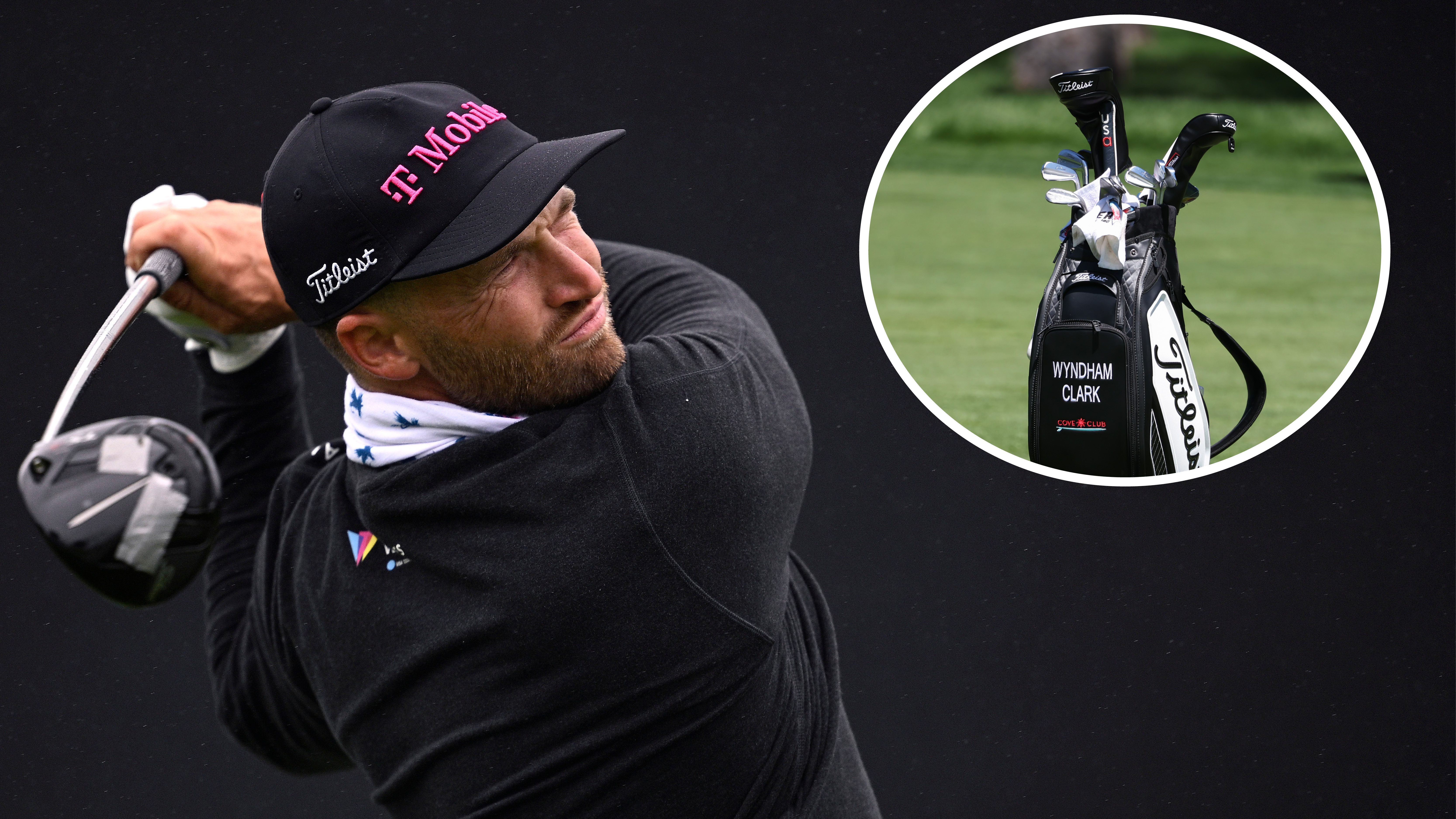 Wyndham Clark What's In The Bag? 2025 Update
Wyndham Clark What's In The Bag? 2025 UpdateWhat clubs does the 2023 US Open champion play? Let’s take a closer look at his line-up
By Michael Weston Last updated
-
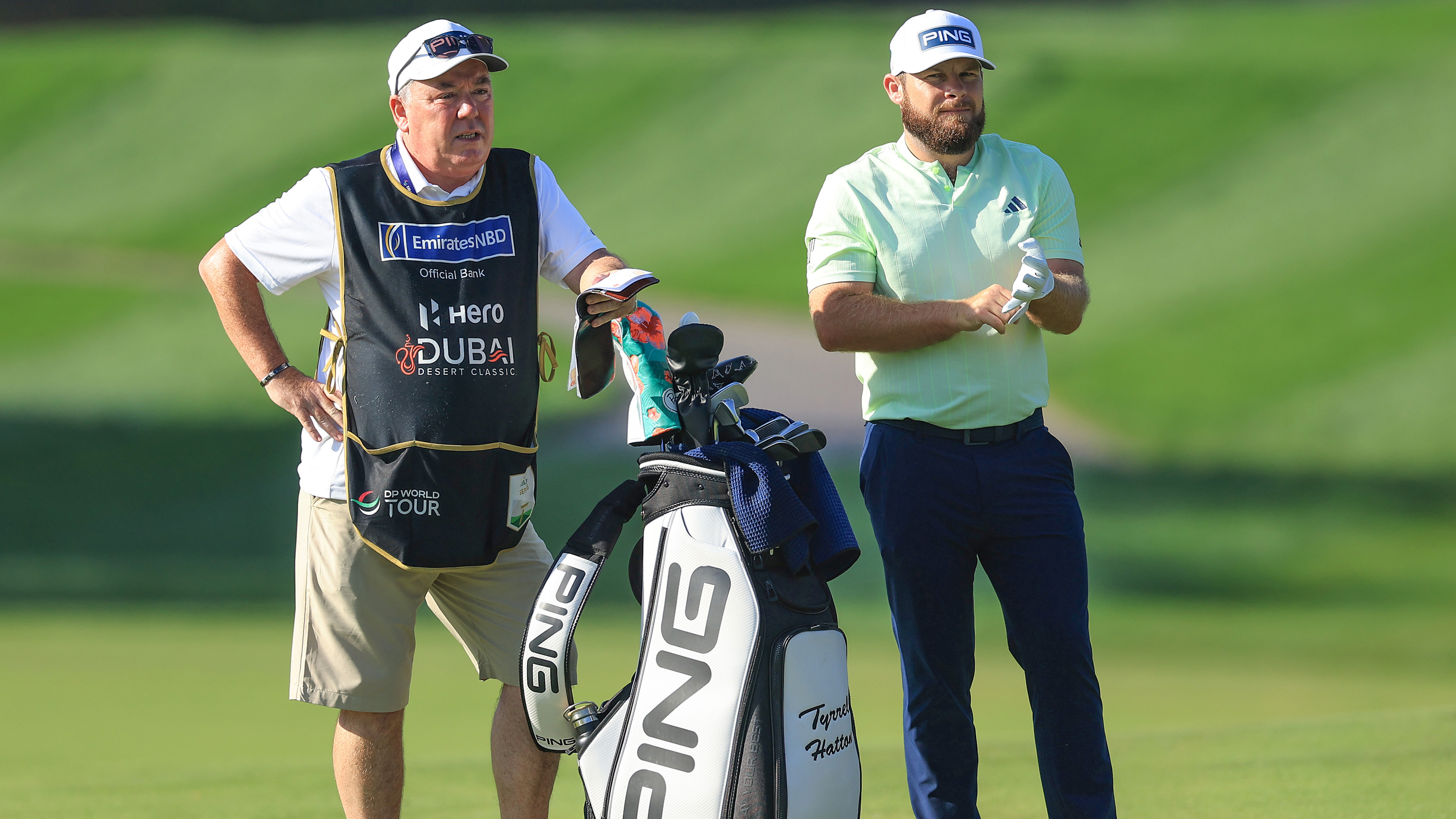 Tyrrell Hatton What’s In The Bag? 2024 Update
Tyrrell Hatton What’s In The Bag? 2024 UpdateWe take a closer look at the Englishman’s choice of clubs and full equipment setup on tour
By Michael Weston Published
-
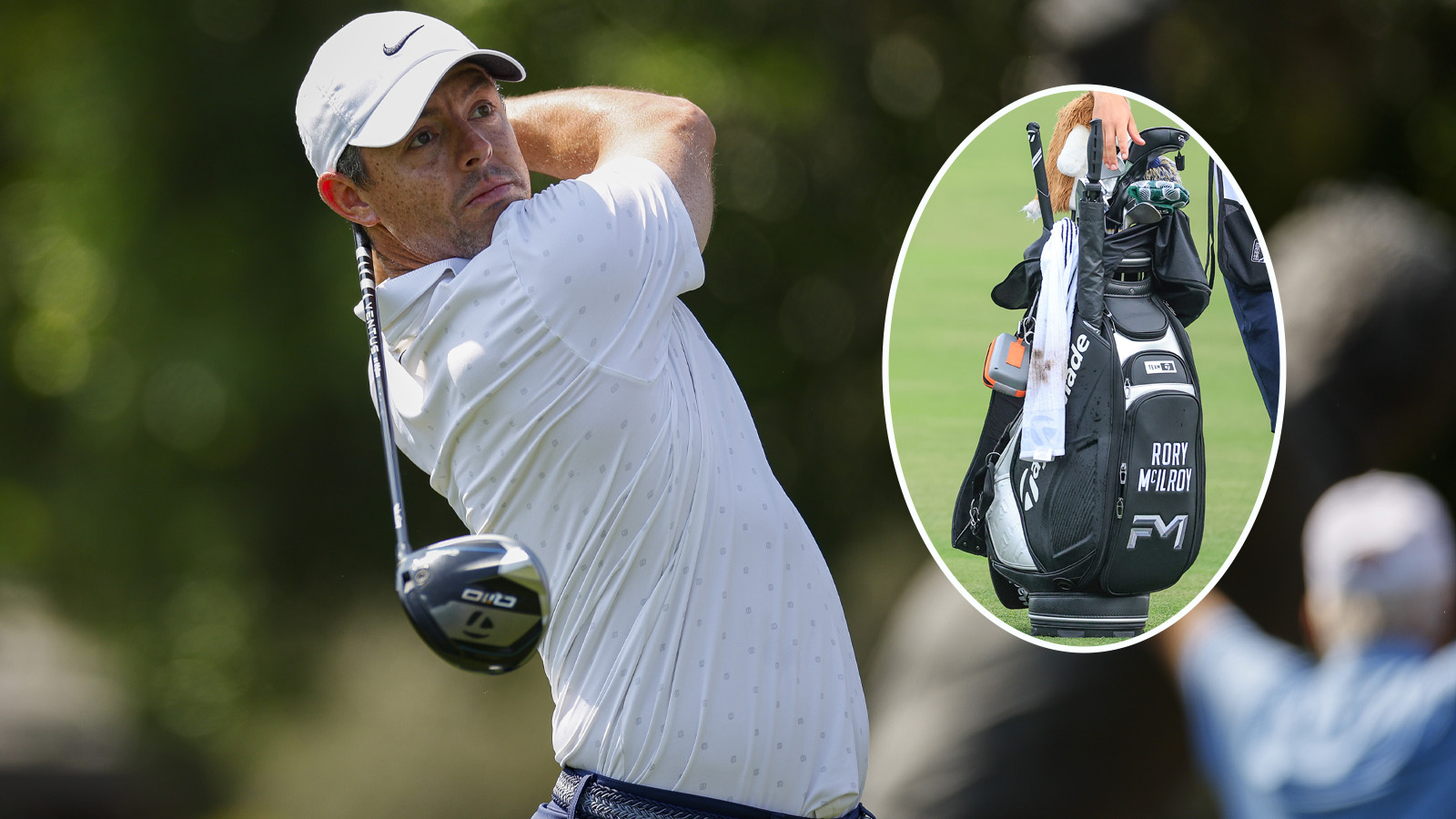 Rory McIlroy What’s In The Bag? 2025 Update
Rory McIlroy What’s In The Bag? 2025 UpdateWe take a look at the clubs the four-time major champion has in his bag for the 2025 season
By Sam De'Ath Last updated
-
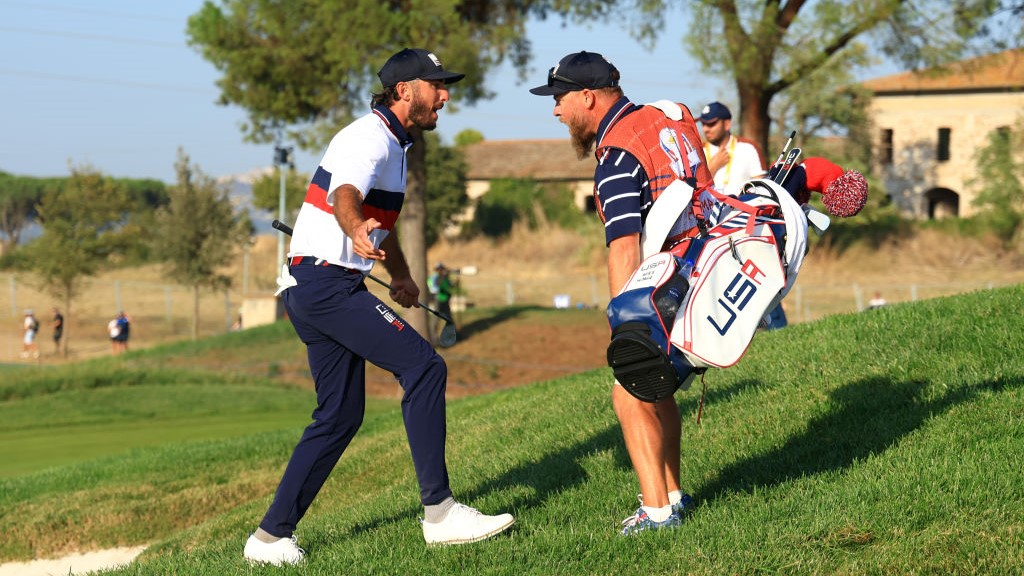 How To Watch Ryder Cup Day 3 Live Stream: USA Seek Record Comeback
How To Watch Ryder Cup Day 3 Live Stream: USA Seek Record ComebackHow To Watch Ryder Cup Day 3 live stream after USA's Saturday fourballs' success has set up the chance of a record final-day comeback
By Roderick Easdale Published
-
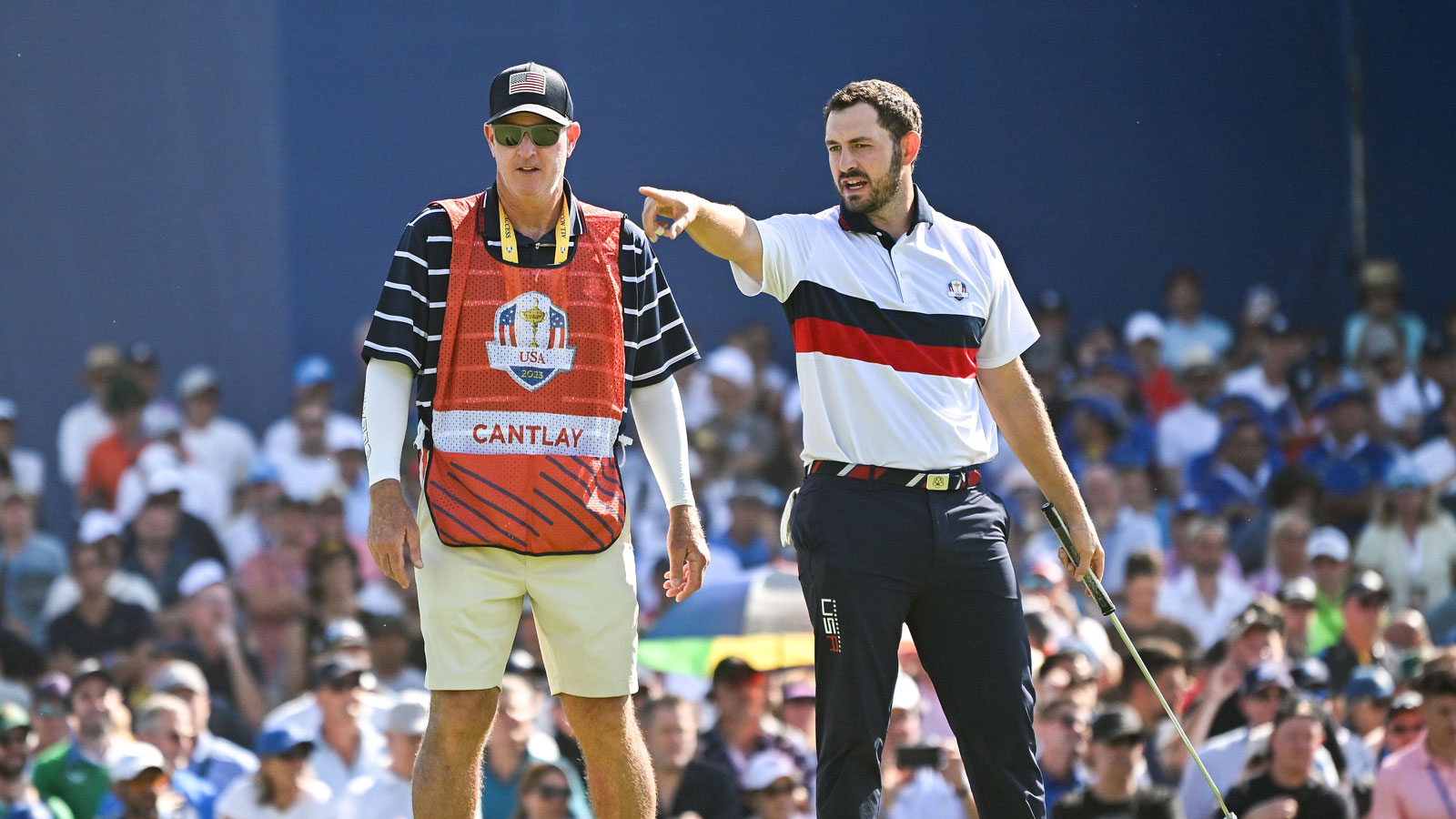 Who Is Patrick Cantlay's Caddie?
Who Is Patrick Cantlay's Caddie?Get to know Patrick Cantlay's caddie, Joe LaCava, a little bit better here
By Matt Cradock Published
-
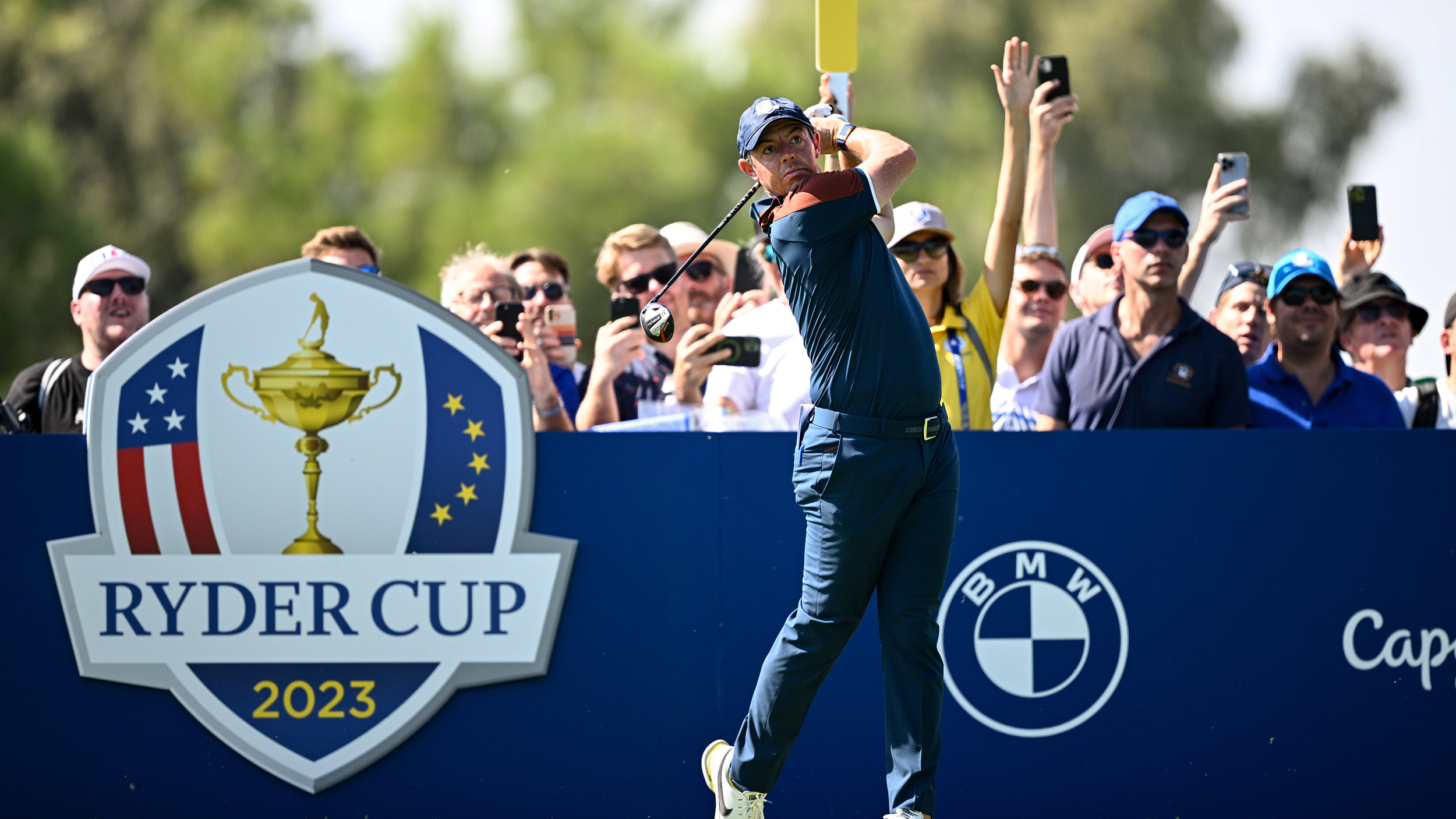 Ryder Cup Scoring System And Format Explained
Ryder Cup Scoring System And Format ExplainedWe examine how the Ryder Cup works, including the format, how many points are needed to win and the 2023 order of play
By Joel Tadman Last updated